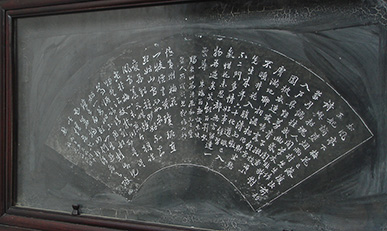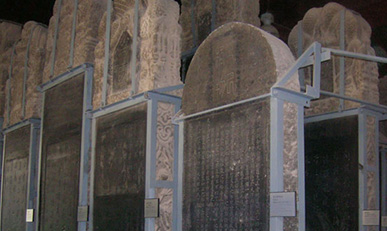Dignity, sympathy, participation
Calligraphy, a participatory and pervasive art
Calligraphy has a dual nature. It is a tool par excellence of elite, educated culture, used to tie together personal gesture and command of cultural knowledge. At the same time, it has been a genuinely popular artform in which even modestly educated persons participated to some degree.
A plausible and respectable style in calligraphy is something that is attainable for most people. At its simplest, it is a matter of gaining competence within established forms, bending oneself to good models. In a way this is rather like becoming a 'good' speaker or an able skier.
In consequence, there has long been a small industry of collecting and distributing model calligraphy. In pre-modern times, this was accomplished in several ways. At the elite level, tracing copies might be made of famous works, but this was also a sign of exclusive access – and making a tracing copy already required considerable skill.
A more common approach was to take ink rubbings from works carved in stone. Originally, such rubbings were a way of collecting and recording works that only existed in situ. Later this technique was used for distribution of model texts. Remaining collections of such engraved models include the 'Forest of Stele' (碑林) in Xian, as well more personal collections mounted along the covered pathways of some Suzhou gardens.
 |  |